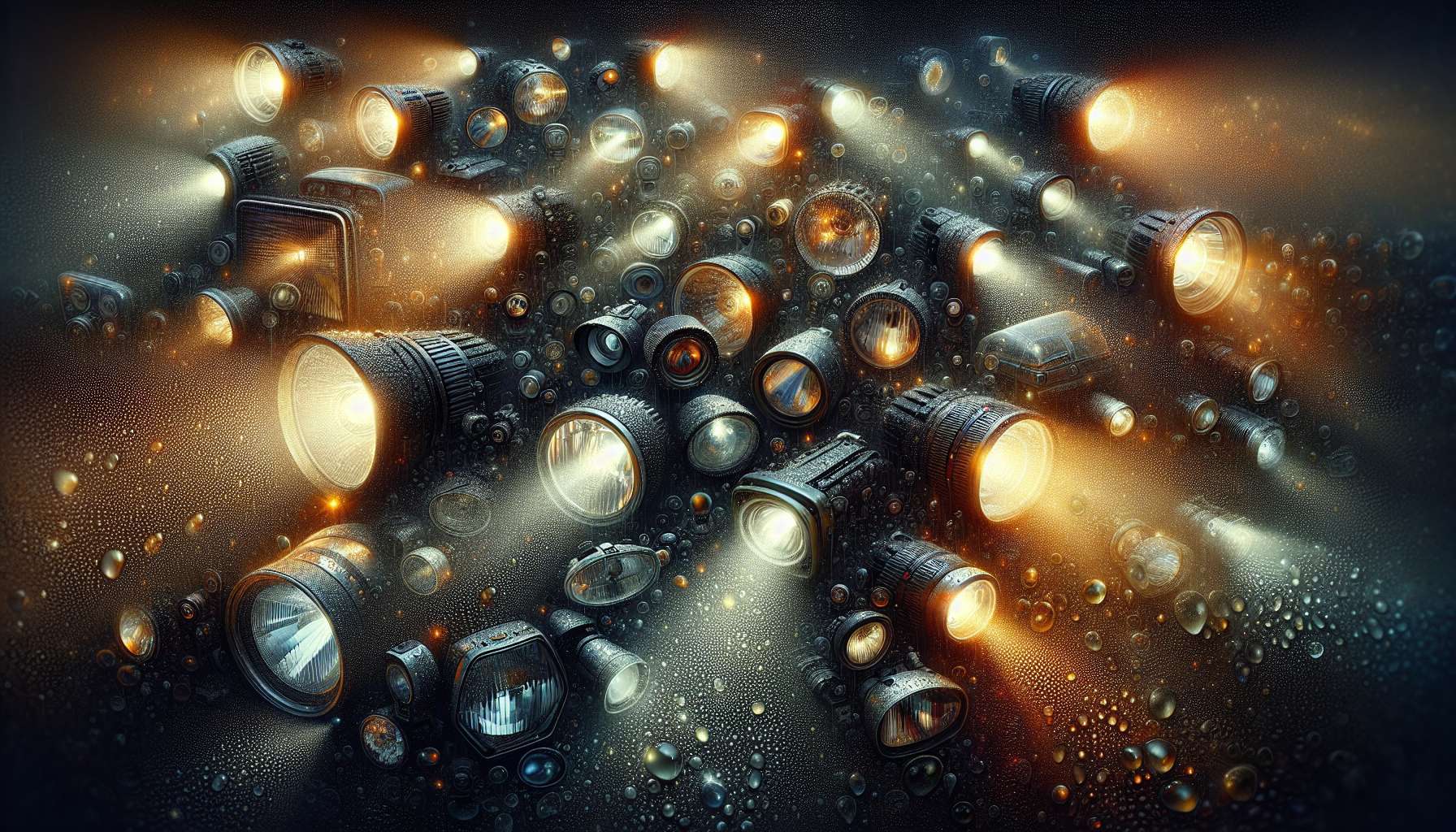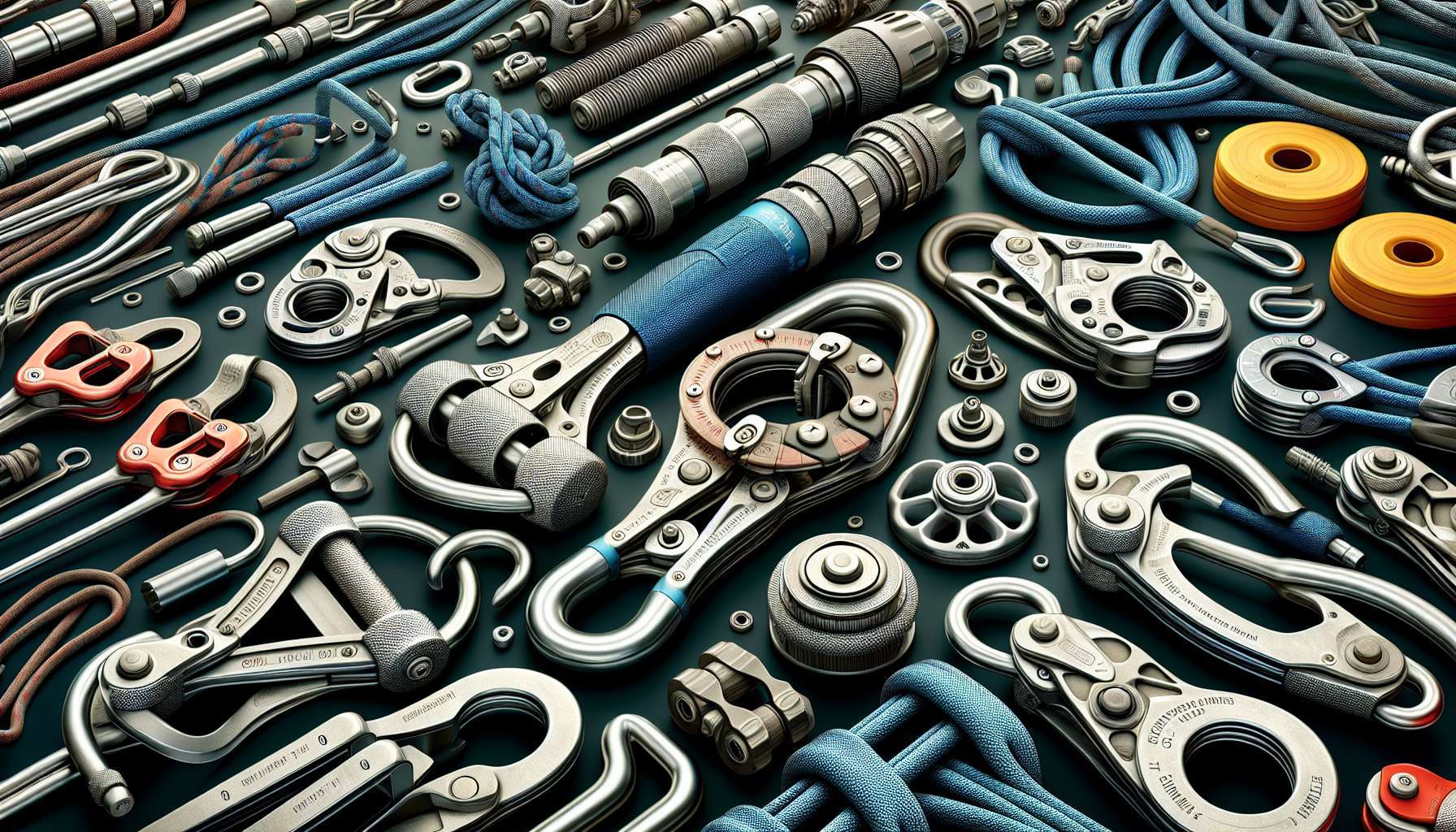Shedding Light on Headlamps: A Comprehensive Guide
When it comes to illumination on the go, headlamps have become a ubiquitous tool for adventurers, outdoor enthusiasts, and even everyday individuals. From lighting up dark trails during a nighttime hike to providing hands-free visibility in emergency situations, headlamps offer a versatile and practical solution. But how much do we really know about these compact sources of light? In this detailed guide, we will delve deep into the world of headlamps, exploring their history, mechanics, applications, and much more. So, let’s strap on our headlamps and embark on an enlightening journey.
The Evolution of Headlamps
Headlamps, in their simplest form, consist of a light source mounted on a headband or helmet for hands-free use. The concept of head-mounted lights traces back centuries, with early versions utilizing candles, oil lamps, or acetylene gas for illumination. However, it was not until the late 19th century that electric headlamps emerged, revolutionizing the way we light our way in the dark. The development of incandescent bulbs, followed by the advent of light-emitting diodes (LEDs), marked significant milestones in the evolution of headlamp technology.
In modern times, headlamps come in a variety of designs, featuring adjustable straps, multiple lighting modes, and rechargeable batteries. The shift towards LED technology has led to brighter, more energy-efficient headlamps that can illuminate even the darkest of environments. From outdoor enthusiasts to industrial workers, headlamps have found a wide range of applications across various fields.
The Mechanics Behind Headlamps
At the heart of every headlamp lies the light source, which can vary from traditional incandescent bulbs to high-powered LEDs. LED headlamps have gained popularity due to their durability, efficiency, and long battery life. These tiny semiconductors produce light when an electric current passes through them, generating minimal heat and consuming less power than traditional bulbs. The intensity of light emitted by LEDs can be easily adjusted, allowing users to switch between brightness levels based on their needs.
Headlamp designs also incorporate reflectors and lenses to focus and diffuse the light beam. Reflectors help direct the light forward, maximizing illumination in the desired direction. Lenses, on the other hand, play a crucial role in diffusing the light evenly, preventing glare and creating a more uniform beam pattern. Some advanced headlamps feature adjustable beams that can be toggled between spot and flood modes, offering versatility in different lighting conditions.
Applications of Headlamps
The versatility of headlamps makes them invaluable in a wide range of applications, spanning outdoor activities, professional work settings, emergency situations, and everyday use. Outdoor enthusiasts rely on headlamps for activities such as camping, hiking, running, and biking, where hands-free illumination is essential. Headlamps with red light modes are particularly popular among astronomers, photographers, and wildlife enthusiasts, as red light preserves night vision and reduces light pollution.
In professional settings, headlamps are indispensable for workers in industries such as mining, construction, and utilities, where visibility in dark or confined spaces is critical. Rescue teams and first responders also use headlamps during search and rescue operations, providing much-needed light in challenging environments. Additionally, headlamps have found their way into everyday scenarios, from DIY projects and household chores to reading in bed or walking the dog at night.
Choosing the Right Headlamp
With a myriad of headlamp options available in the market, selecting the right one can be overwhelming. Factors to consider when choosing a headlamp include brightness levels, beam distance, battery life, comfort, and durability. Brightness levels are measured in lumens, with higher lumens indicating a brighter light output. Beam distance refers to how far the light can reach, which is crucial for activities like trail running or night hiking. Battery life varies depending on the type of batteries used and the power mode selected. Comfort is paramount, especially for extended use, so look for headlamps with adjustable straps and ergonomic designs. Durability is essential for outdoor adventures or rugged work environments, so opt for headlamps with water resistance and impact resistance features.
Another consideration when choosing a headlamp is the type of light modes it offers. Most headlamps come with multiple modes, including high, low, strobe, and red light options. High and low modes allow users to adjust the brightness level based on their needs, while a strobe mode can be used for signaling or emergency situations. Red light modes are ideal for preserving night vision and minimizing disturbance to others in shared spaces. Some advanced headlamps also include additional features such as a motion sensor, USB rechargeability, or a lock mode to prevent accidental activation.
The Future of Headlamp Technology
As technology continues to advance, the future of headlamps looks promising with innovations that focus on enhancing performance, efficiency, and user experience. One of the emerging trends in headlamp technology is the integration of smart features, such as Bluetooth connectivity, app control, and proximity sensors. Smart headlamps can be paired with mobile devices for customized settings, remote operation, and activity tracking. Proximity sensors detect motion and adjust the light output accordingly, conserving battery life and optimizing visibility.
Another area of development is in power sources, with a shift towards rechargeable batteries and solar-powered headlamps. Rechargeable headlamps offer the convenience of USB charging, eliminating the need for disposable batteries and reducing environmental impact. Solar-powered headlamps harness the power of the sun to recharge, making them ideal for off-grid adventures or sustainable living. These eco-friendly alternatives are gaining popularity among environmentally conscious users who prioritize sustainability in their gear choices.
Expert Opinions
According to Dr. Sarah Green, a renowned outdoor lighting expert, “Headlamps have revolutionized how we navigate in the dark, providing a level of convenience and safety that was previously unimaginable. The advancements in LED technology have significantly improved the performance and efficiency of headlamps, making them indispensable for a wide range of activities.”
Mr. John Anderson, a seasoned backpacker and mountaineer, shares his perspective on headlamp selection, “When choosing a headlamp for outdoor adventures, I always prioritize comfort, brightness, and battery life. A reliable headlamp can make all the difference in challenging conditions, so it’s essential to invest in a high-quality model that meets your specific needs.”
Common Misconceptions About Headlamps
Despite their popularity, headlamps are often surrounded by misconceptions that can influence purchasing decisions and usage. One common misconception is that higher lumens always equate to better brightness. While lumens are a measure of light output, the beam distance and beam pattern also play a crucial role in determining the effectiveness of a headlamp. Another misconception is that all headlamps are waterproof. While many headlamps offer water resistance to varying degrees, not all models are fully waterproof and may not withstand submersion in water. It’s essential to check the specifications of a headlamp before exposing it to wet conditions.
Additionally, some users believe that red light modes are only useful for preserving night vision. While this is one of the primary benefits of red light, it also helps reduce light pollution in outdoor settings and minimizes glare in close-quarters activities. Red light modes are versatile and can be beneficial in a wide range of scenarios beyond night vision preservation. By debunking these misconceptions and understanding the true capabilities of headlamps, users can make informed decisions when selecting and using these essential tools.
FAQs About Headlamps
Q: Are rechargeable headlamps better than those powered by disposable batteries?
A: Rechargeable headlamps offer the convenience of USB charging and are more environmentally friendly than disposable battery-powered models. However, the choice between the two depends on individual preferences and usage patterns.
Q: What is the ideal brightness level for a headlamp?
A: The ideal brightness level varies based on the intended use of the headlamp. For outdoor activities like hiking or camping, a headlamp with at least 200 lumens is recommended for sufficient illumination.
Q: Can headlamps be used underwater?
A: While some headlamp models are designed to be water-resistant, they are not intended for underwater use. Submerging a headlamp in water can damage the internal components and compromise its functionality.
Wrapping It Up
Headlamps have come a long way from their humble beginnings, evolving into essential tools for a wide range of activities and professions. Whether you’re exploring the great outdoors, working in low-light conditions, or simply navigating your way through the dark, a reliable headlamp can make all the difference. By understanding the mechanics, applications, and future trends of headlamps, you can make informed choices when selecting the right model for your needs. So, next time you embark on a nighttime adventure or need hands-free illumination, don’t forget to strap on your trusty headlamp and light up the path ahead.
Remember, the right headlamp can be the beacon that guides you through the darkness and illuminates new possibilities along the way.




